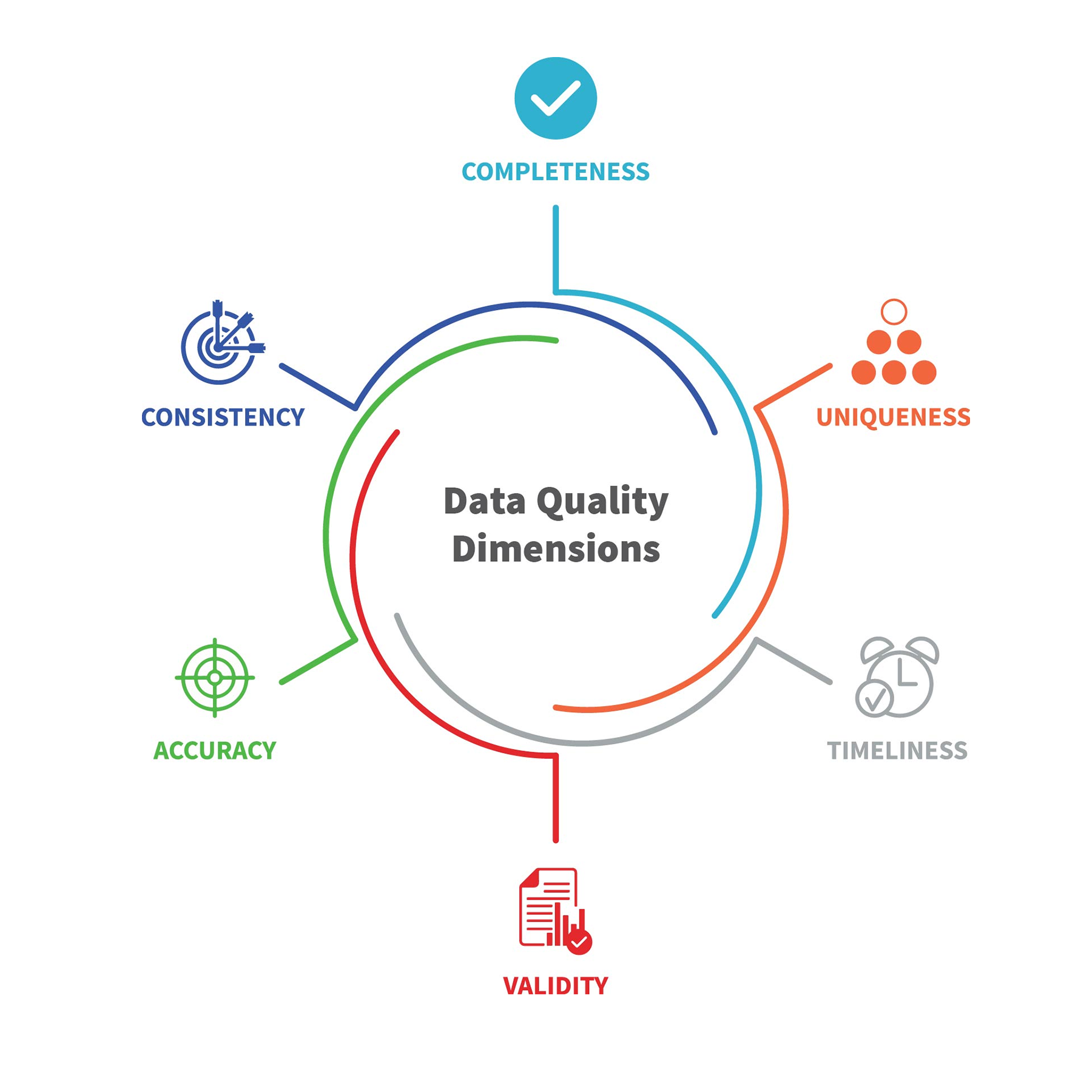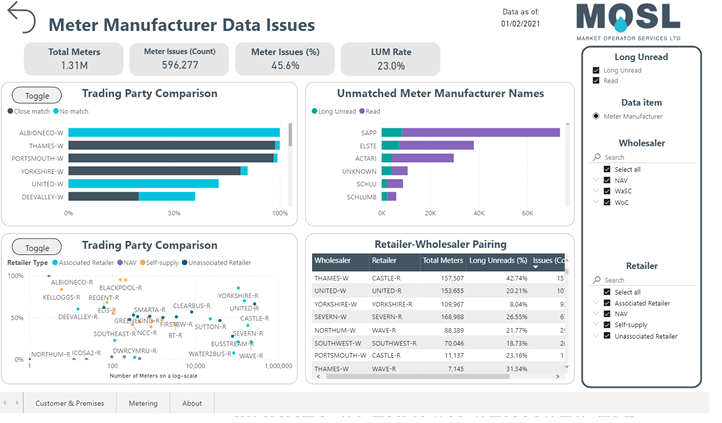Why is data quality important?
Data is fundamental to the success of many businesses. In a data-driven world, data helps businesses better understand customers, markets, trends, and business as a whole. According to a survey from Deloitte, 49% of respondents say that data analytics helps them make better decisions, 16% say that it enables key strategic initiatives, and 10% say it helps them improve relationships with customers and business partners.
High-quality data is needed for businesses to get the most value from data. Low-quality data (inaccurate or outdated) adversely impacts many areas of business performance. It can translate into bad decision-making and subsequently result in monetary loss. It is, therefore, essential to ensure that any data used and produced is reliable and trustworthy.
High Data Quality Measures

What is data quality? Data quality is a measure of the condition of data, based on data quality dimensions such as accuracy, completeness, consistency, validity, and timeliness. Measuring data quality levels can help organizations identify data errors and discrepancies that produce low quality data and must be addressed.
There are six main data quality dimensions: accuracy, completeness, consistency, validity, uniqueness, and timeliness.
- Accuracy: Accuracy in data means the degree to which a data value represents its purpose. The measure of accuracy can be confirmed with a verifiable source.
- Completeness: Completeness is a measure of the data’s comprehensiveness of available data. When the data is complete, it is useful information that can address specific real-world circumstances. Often expressed in percentages, completeness can identify when data is missing.
- Consistency: Data consistency refers to whether the same data kept in different places is exact. The same data values stored in other locations should be distinct.
- Validity: Data validity determines whether the data is in the proper format. Data should conform to the correct format and fall within the right range.
- Uniqueness: Uniqueness ensures no duplication or overlapping of values across all data sets. Simply stated, it is the measurement of duplication in data. For example, does the data exist multiple times within a dataset? Data cleansing and deduplication can remedy a low uniqueness score.
- Timeliness: This refers to data that is available whenever it is required. Data should be regularly updated (if necessary) to ensure its availability and accessibility.
By managing these data quality dimensions, you can ensure you have high quality data from which to make the best decisions.
Issues Affecting Data Quality
Data is abundant. However, for most corporate data assets, that data quality is generally found to need improvement. A study from the Harvard Business Review discovered that low quality data is far more prevalent than companies realize. A mere 3% of the data quality scores in the study were rated as “acceptable.”
Poor quality data has enormous implications for businesses everywhere. It causes time waste, ill-conceived decision-making, and data strategy that could yield better results. For example, the study states, “On average, 47% of newly-created data records have at least one critical (e.g., work-impacting) error.”
Examples of common data quality issues include poorly defined data, poorly organized data, poor data security, poor data governance, duplicated data, incomplete data, and inaccurate data.
Simple Ways to Increase Data Quality
Sound decisions are based on good data quality. Therefore, improving and maintaining data quality management should be a top priority for all businesses. It is important to state specific goals when considering improving data quality.
Here are four simple ways to improve your data quality:
- First, have management or data QA teams conduct a data quality assessment of the current state of the data sets to identify any noticeable errors. Then, examine the results to determine the quality level of your data and next steps.
- Train employees on data best practices, including data management, compliance, and safety.
- Employ data quality management measures such as data standardization, data quality monitoring (consider a data quality dashboard), and data matching to ensure the longevity of quality data.
- Assign team member(s) to handle core data management.

Example of a data quality dashboard
Conclusion
Data is one of the most valuable assets a business can have. It can aid in multiple aspects of operations and be a real game-changer for many businesses. Companies need to know how to improve and effectively master data management to improve data quality.
By ensuring that everyone works together toward the same goal of data quality, your company can achieve great results.
Need help testing your data to start on the path to high quality data? Don’t hesitate to contact a member of our team here.
About the Author
Kimberley Whyte is a QA consultant with over four years of experience in software testing. As a self-proclaimed data lover, she enjoys learning new technologies and methods to get the most out of raw data.
